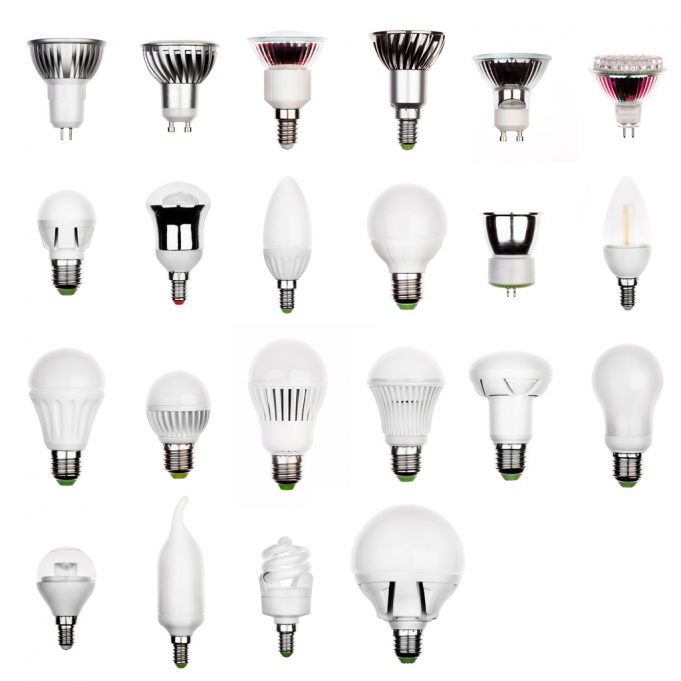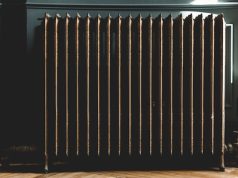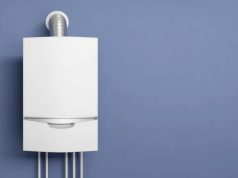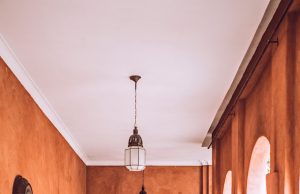LED light bulbs have delivered both energy saving and long life benefits, far superior to traditional incandescent bulbs, being 90% more efficient and with 5-10 times greater life expectancy. In terms of savings over time, LED is a smart investment, but with so many options out there, it can be tricky deciding which bulbs to choose.
New Look LED Bulbs
When LED light bulbs were first released to the market, buyers needed to choose between style and appearance. Much like the previous energy efficient option CFL bulbs, LEDs weren’t attractive. Many had plastic covering the lower half and unsightly straight filaments that looked out of place in traditional, period or even modern style rooms.
Whilst many LED bulbs on the market still do not look visually appealing, technology has allowed for more traditional style LED bulbs to be created. The invention of flexible LED filaments allowed manufacturers to make bulbs with spiral filaments, capturing the charm of traditional incandescent bulbs, but with the energy efficiency benefits of LED.
2018 has been the first year in which the new style of LED bulbs has really taken off, with vintage Edison bulbs being bought across the world. Now, if you are choosing LED light bulbs for your home or business, you no longer need to compromise the appearance of the room, but whilst traditional style LED bulbs offer both energy efficiency and beautiful looks, there are still other factors to consider.
Colour Temperature
Colour temperature is the measurement that describes the colour and appearance of a light. The lower the colour temperature, the warmer (and more orangeier) the light is and the higher the colour temperature, the cooler (and more blue) it is. Colour temperature is measured in Kelvins, so each light bulb has a K number, for example 5000K.
Bulbs with a low colour temperature, around 1800K give off a vintage style, orange glow, creating an ambience suitable for restaurants, living rooms and other relaxing spaces. They are not suitable for places in which you need to see clearly or perform tasks such as reading.
As we get to more of a daylight bulb, around 4100K, the light becomes white and then blue. This is great for places where you wish to see clearly, for example in work spaces or above kitchen worktops, but the blue light can be very stimulating, so is unsuitable for anywhere relaxing. When you choose a colour temperature, think about the actions you will be doing in that room.
Shape
There are plenty of different shapes and sizes of bulb to choose from, and each of them are best suited to different positions and uses.
GLS light bulbs are the common bulbs that has stood the test of time. This shape, also known as A60, or Standard, suit light fittings where there is space for just one bulb (i.e. not a chandelier). These are good for simple pendant lights, and Edison style LED bulbs can really add to the pendant, whereas the older style of LED GLS bulbs can ruin the appearance of ceiling lights.
Candle bulbs work well in chandeliers and other fittings in which multiple bulbs are needed. They are often slightly dimmer than GLS or larger bulbs because the light increases as you add more to the fitting.
Golf ball bulbs have the shape of golf balls sitting on a tee. These are suited to small desktop or bedside lamps or multiple light fittings. Being just 45mm wide, they tend not to suit large light fittings.
ST64 bulbs are often called teardrop bulbs due to their shape. They are slightly longer than GLS bulbs with a wide end. These look beautiful in floor lamps and pendant light fittings.
Cap Fitting
If you’ve chosen the colour temperature and shape, you’ll need to make sure the bulb fits in your chosen fitting. The most common fittings in the UK are Edison screw and bayonet. The fitting types are often known by a letter and a number, for example E27 is a 27mm wide Edison screw and B22 is a 22mm wide bayonet fitting. To get an idea of the look of the most common fittings, see our table below.
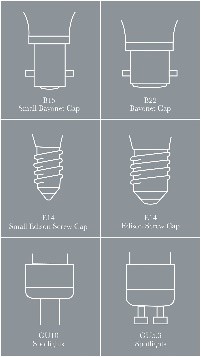
Whilst choosing the shape and fitting can be largely influenced by the position, lamp holder fitting and space, a lot of choosing the perfect LED bulb comes down to personal preference. Think about what you plan to do in that room and how visual you want the light bulb to be, but fortunately, with the introduction of vintage and traditional style LED bulbs to the UK, you don’t need to compromise on good looks for energy efficiency.

